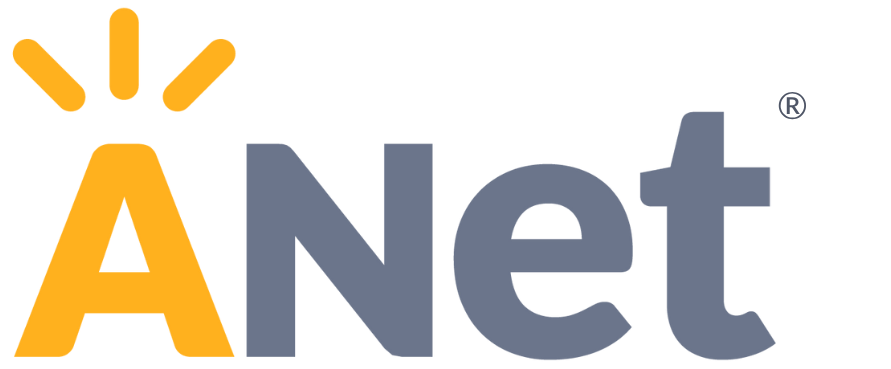By John Maycock

This is how I used to use assessments: I’d start by looking at the numbers on a data report, and ask myself, “What does the data reveal?”
Over time, I’ve realized that this “data first” approach to assessment suppresses important conversations in so many schools. When districts and schools begin meetings with the output of the assessment—the data—they miss the chance to use the assessment to deepen their understanding of the standards. A focus on green, yellow, and red rankings on data reports too often discourages honest, reflective, and vulnerable conversations—which are essential for a healthy adult learning culture.
As someone who helped start a nonprofit focused on the very idea of using assessments to improve instruction, I feel even more conviction now—ten years in—that we all need to take bolder steps to reframe how we think about and use assessments intended to support teaching and learning.
“We need to flip the way we think about assessments away from the idea that they are only a vehicle for data, and towards the idea that they are powerful instructional resources.”
Here are actions we should take to make instructional assessments more valuable for teachers:
Do the work we’re asking our students to do.
Instead of immediately zooming in on the bar charts and percentages you see on a data report, spend time diving into the assessment by reading the texts and doing the math.
In literacy, think through the purpose and structure of the text, and pull out specific words, phrases, or sections your students should be able to access, and also where they might stumble. Find evidence to support your own claims for a writing piece. Ask yourself questions like, “Why did the author use that language to make her point?”
For math, study the math tasks and items, and solve them. Identify the conceptual understanding, knowledge, or procedural skills needed. Uncover all the different ways you can arrive at the answer and articulate how you got there.
Do this work as a team, with district leaders, principals, and teachers. That way, everyone deepens their understanding of the standards, what’s expected of students, and their own work supporting schools. This opens a door to professional learning that remains closed if we start and end with the data alone.
Use assessments to deepen our own understanding of what the standards mean for planning.
Diving into the assessments ourselves helps us answer critical questions such as, “Is this the kind of work we want our students doing? Is it rigorous enough? Is it aligned to the expectations of our standards?”
Use your answers to those questions to reflect on your own planning. During collaborative planning meetings, look at the standards and reflect on a series of questions about what the standards say students should know and be able to do. Extend your learning by using those same questions to think about the texts and tasks you see on instructional assessments. That way, the actions we take when we plan lessons and when we analyze assessments are connected and part of a continual process of learning how the standards translate to teaching.
Change the conversation between leaders and teachers.
The question, “How do your students rank in terms of scores?” doesn’t tell us much about how we can improve teaching and learning in our classrooms tomorrow. Instead, begin conversations with questions like, “What new learnings do we have about the standards?” and “How can they come to life in our planning and instruction?”
Shifting the conversation helps refocus the culture from surface-level conclusions to deep reflection that spurs continuous improvement. When everyone—from the system to the school level to the classroom level—takes this approach with instructional assessments, it changes how assessments are perceived, valued, and utilized.
Don’t let assessments sit on a shelf—bring them into the classroom instead.
When educators extend the use of assessments and use them as part of instruction, powerful things happen. Why not use a captivating text and essential question from a well-designed assessment to spark a classroom conversation in which students defend their ideas, collaborate with one another, and experience authentic “ah-hah” moments?
Teachers should still analyze student work and data to uncover student thinking and guide where they spend time and energy—this practice should not be abandoned. But we need to take it one step further and leverage assessments for teaching, too, using the knowledge we gained from doing the work ourselves to push students’ thinking and learning. Ask your students to explain the strategies and methods they used. Challenge them to cite evidence from the text to support their arguments. Show how solving math problems can be a creative endeavor. This creates powerful learning that exists far beyond the numbers on a data report.
This is just a start. There are many other actions we can take to ensure assessments are not a departure from instruction, but rather an integral part of it. What I know is that in classrooms across the country where I see educators flipping the way they think about and use assessments, teachers are connecting planning and assessment and instruction. Districts are realizing the power of assessments as tools not only for students’ learning, but for their own learning, as well. School cultures are changing. Teachers no longer feel like “I need to stop teaching to look at data.” They see the learning generated from assessments as part of teaching.
John Maycock is ANet’s cofounder and board member.
